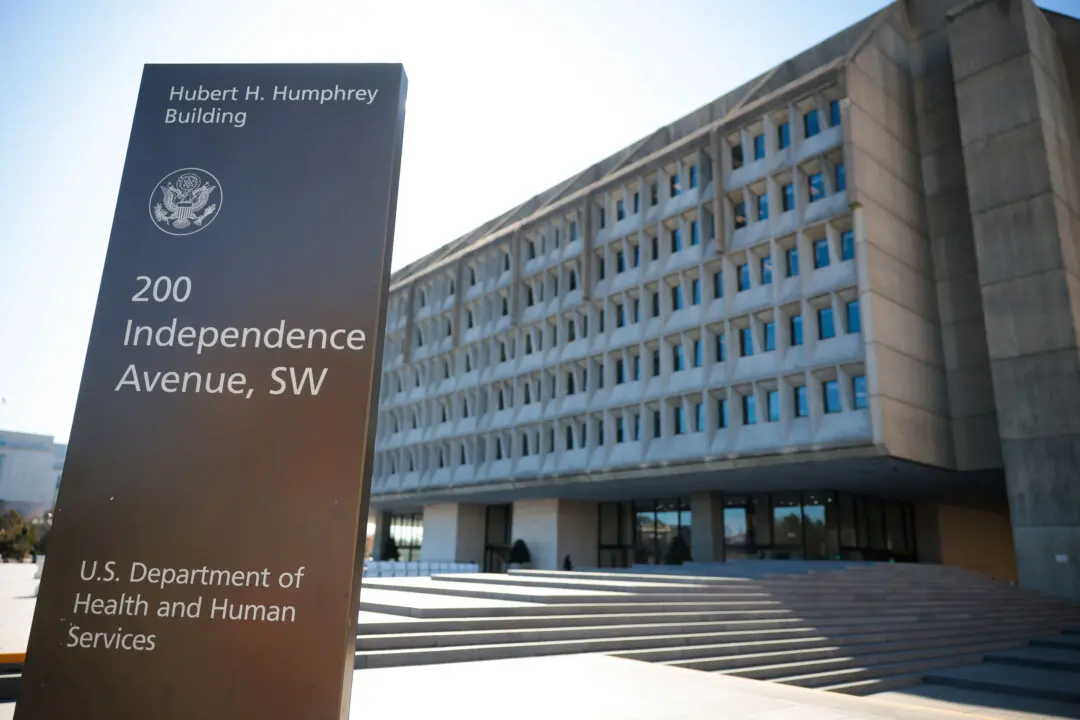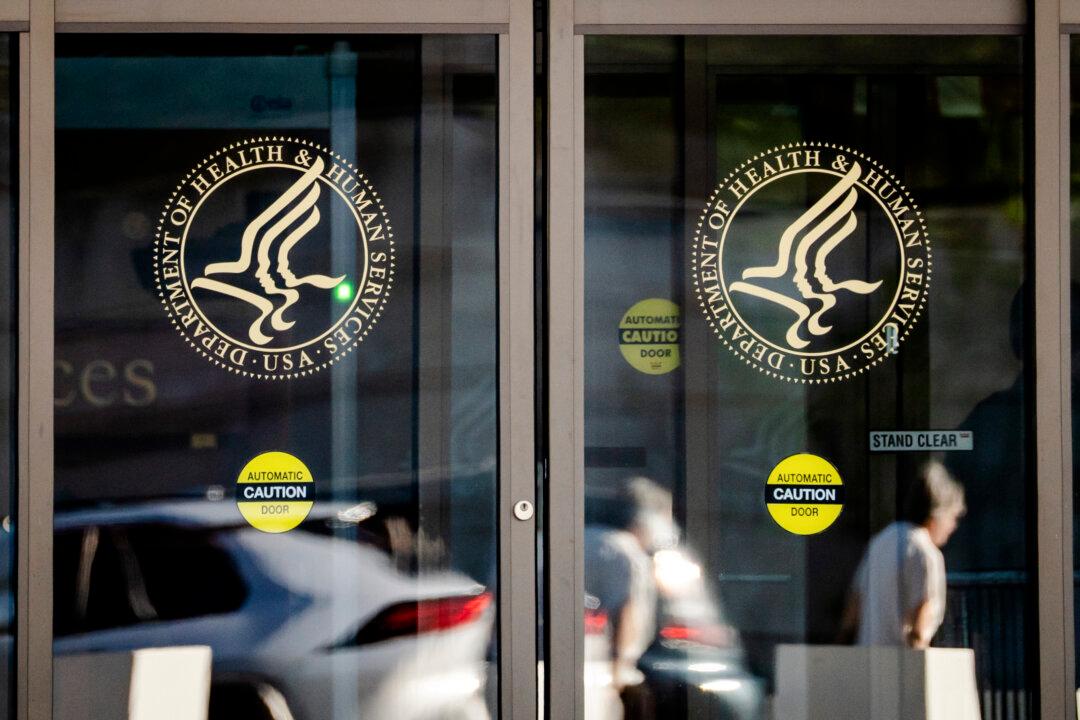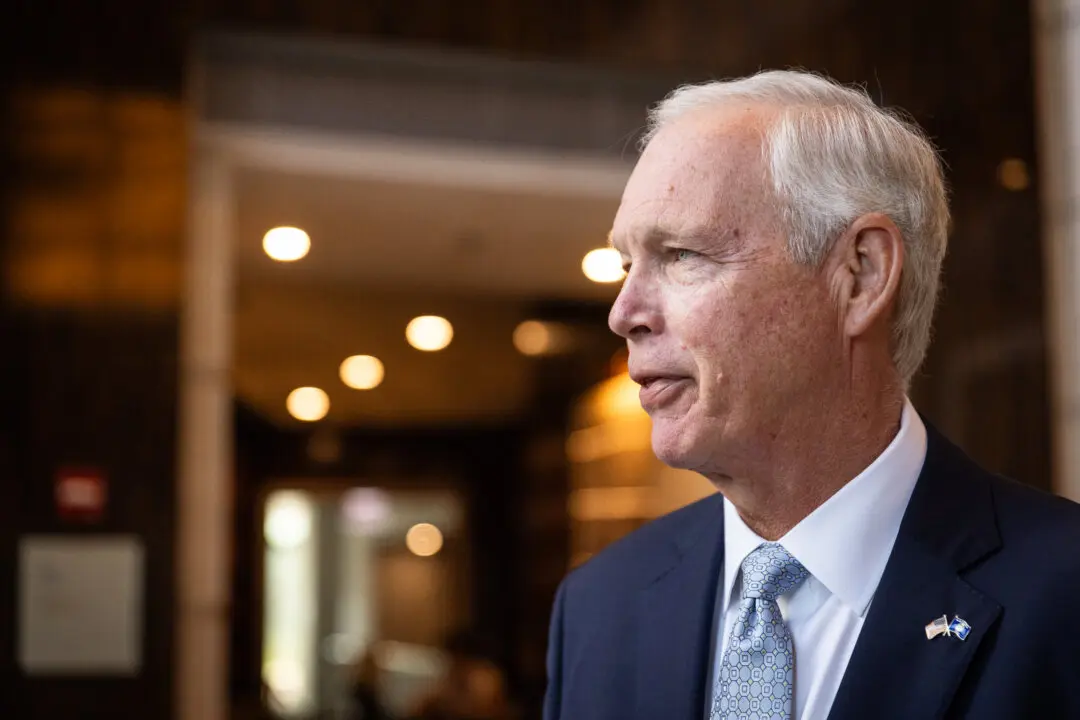Widespread testing for the new coronavirus will arrive in the United States in a week or two, a top U.S. public health official said.
“What is clear now is we need to blanket the country,” Dr. Anthony Fauci, director of the National Institute of Allergy and Infectious Diseases at the National Institutes of Health, told reporters on Thursday.





